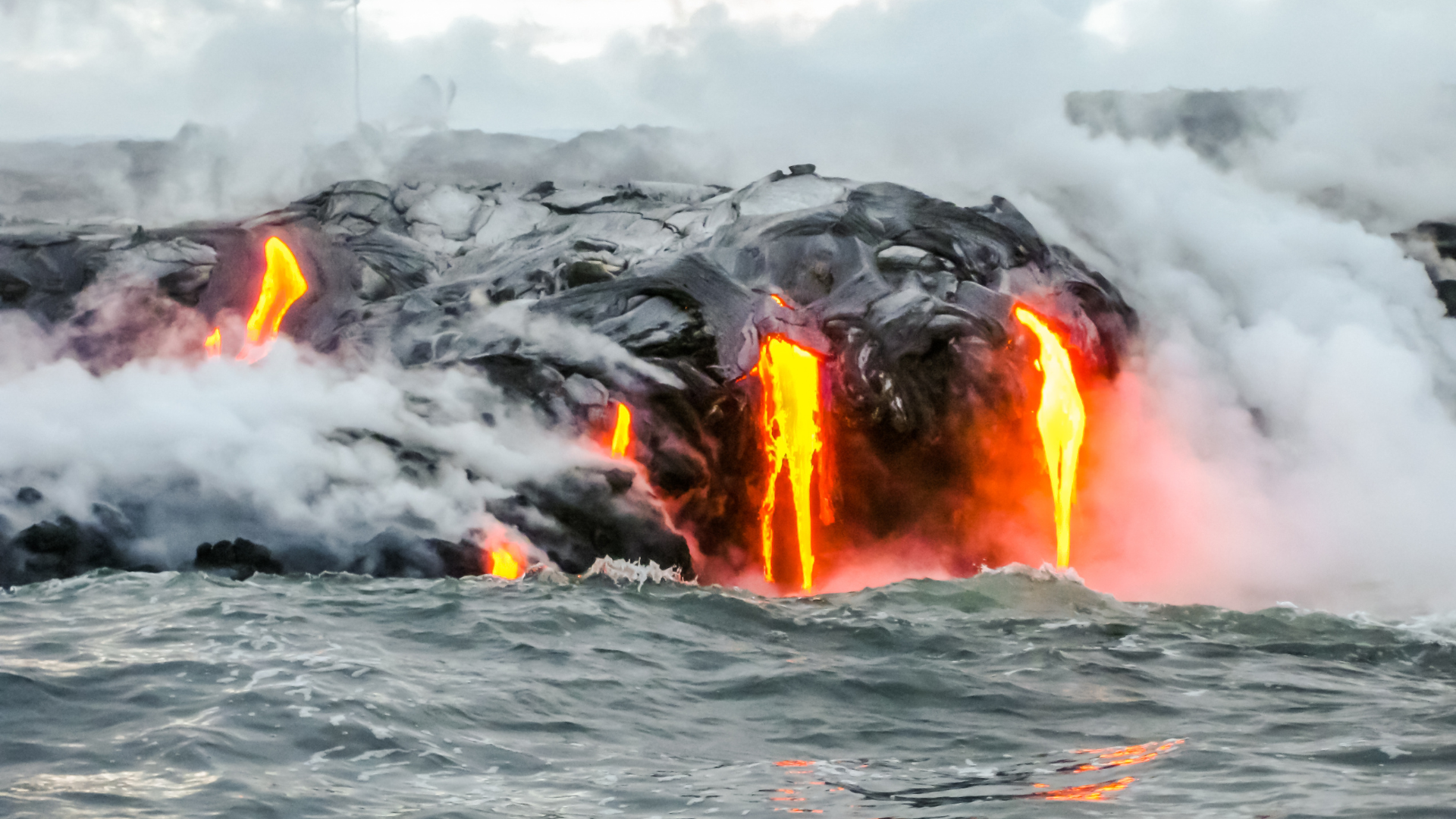These questions about underwater volcanoes are sure to feed your love for geology. When you think of volcanoes, you might think of them as massive mountain ranges, but what happens when we talk of underwater volcanoes?
1. What Is an Undersea Volcano?
An underwater volcano is a volcano that rests below the ocean’s surface. The ocean floor is a very active place, and it’s not unusual for volcanoes to form here. Most of the time, these eruptions are small and harmless, but sometimes they can create large volcanic islands or even cause major earthquakes.
There’s no one definitive way to know when an undersea volcano is about to erupt, but scientists often use seismic observation and satellite imagery to track the progress of an eruption. If the activity becomes too intense, it can lead to a major earthquake.
2. How Many of These Volcanoes Are There?
There are over 1,500 underwater volcanoes located around the world. These volcanoes can be found off the coasts of North America, South America, Africa, Europe, and Asia.
In terms of size, the largest underwater volcano is Mount Etna in Italy with an elevation of over 21,000 feet. The smallest underwater volcano is Pohnpei Island in Micronesia with an elevation of only 0.3 feet above sea level.
3. What Causes The Formation of Underwater Volcanoes?
Underwater volcanoes are formed when magma rises to the surface of the Earth. The most common type is called a caldera, which is a depression in the Earth’s surface caused by an eruption.
There are also submarine volcanoes, which are found underwater. These volcanoes form when magma and ash escape from an opening in the Earth’s crust.
4. Why Are Underwater Volcanoes Dangerous?
Underwater volcanoes are dangerous because they can erupt suddenly and cause extensive damage to communities and natural resources. They can also release massive amounts of ash, gas, and lava that can contaminate groundwater, coastal waters, and even the air. Not only are underwater volcanoes dangerous in themselves, but they can also lead to widespread earthquakes if their magma chambers rupture.
5. Where Are the Most Underwater Volcanoes Located?
If an underwater volcano erupts, water cannot boil because the majority of underwater volcanoes erupt at a depth of roughly 2200 meters below sea level, when the pressure is over 218 atmospheres. Even with the use of hydrophones, it is challenging to hear an underwater eruption because there is no boiling sound.
The most underwater volcanic eruptions take place on the ocean floor. There are actually a few different types of volcanoes that can be found underwater: submarine, cinder cone, and shield volcano. These volcanoes don’t typically have the same features as their land-based counterparts. For example, cinder cones are made up of ash and scoria instead of solid rock, and submarines have sharp edges that make them less likely to form a crater.
Most underwater volcanoes are located in the Pacific Ocean off the coast of Japan. The Krakatoa Underwater Volcano is one of the most famous examples and it exploded in 1883 with such force that it created a tsunami that killed over 3600 people.
6. Are There More Undersea Volcanoes Than Volcanoes on Land?
There are more underwater volcanoes on Earth than on land, according to a study published in the journal Geology. The study found that there are approximately 1,600 underwater volcanoes, compared to about 1,100 on land.
The reasons for this discrepancy are unclear, but it may be due to differences in the way land and water interact. Underwater volcanoes are less likely to form when magma rises up through the Earth’s mantle because the water inhibits this process.
7. Is It Safe To Swim Near an Undersea Volcano?
Undersea volcanoes are one of the most dangerous things to swim near. The ocean is a huge place and there are many different types of currents, so it’s difficult to know which one will take you where.
Undersea volcanoes can release gas and water vapor that can create dangerous conditions for swimmers. Additionally, they can cause earthquakes and tsunamis. If you’re swimming near an undersea volcano, use caution and consult a map or guide to see if it’s safe to do so. But, it is certainly much better to avoid swimming in such places.
